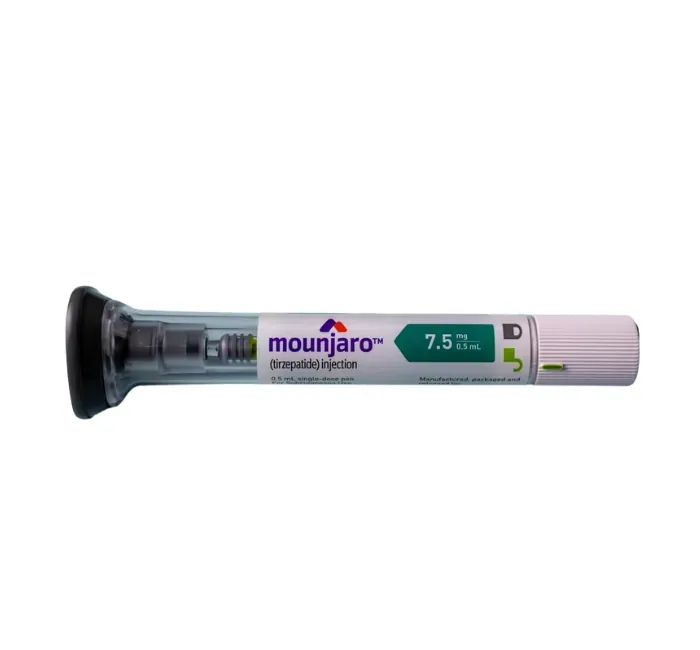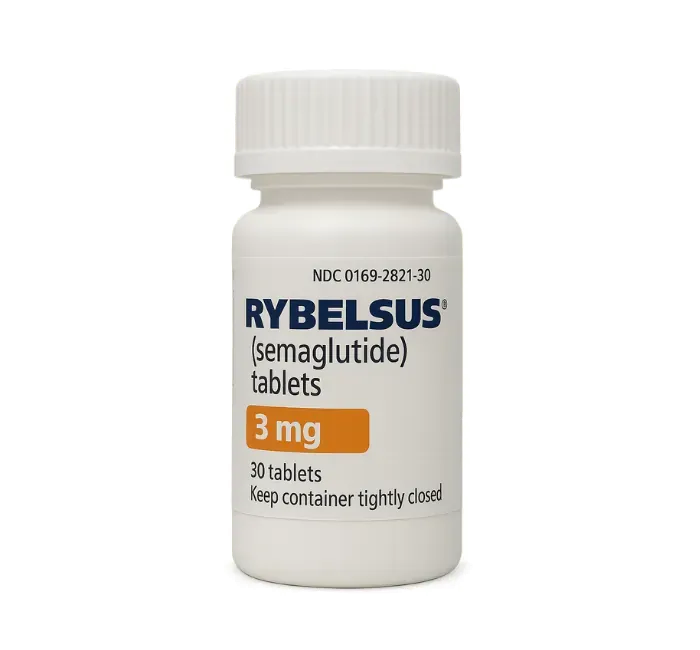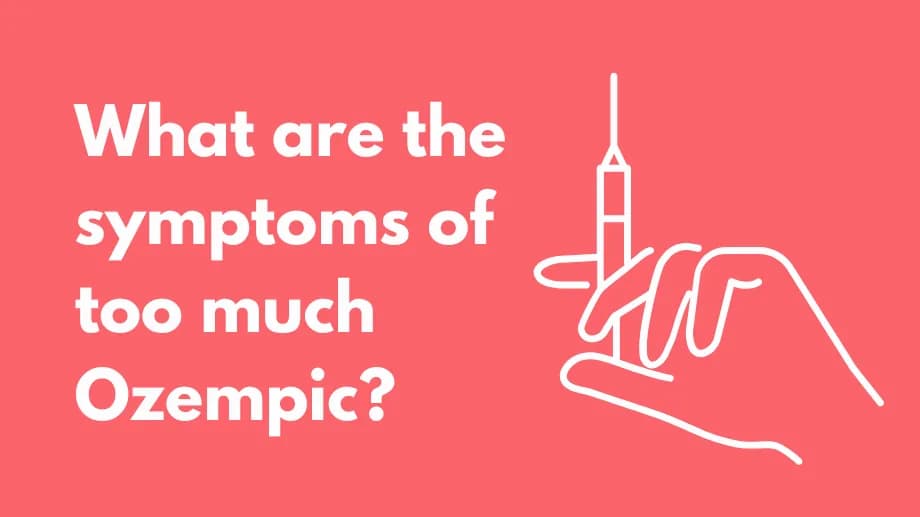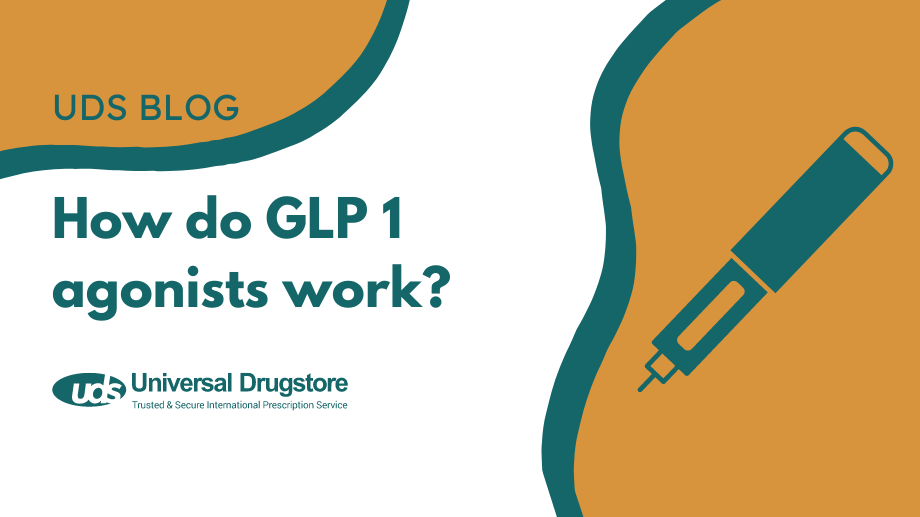What does Ozempic do for diabetics?

Ozempic (semaglutide) is FDA-approved to treat type 2 diabetes mellitus (T2DM) alongside diet and exercise. It helps lower blood sugar and reduces the risk of major cardiovascular events, such as heart attack, stroke, or death in people with T2DM and known heart disease. While often discussed for its weight-loss benefits, its primary use is blood sugar control in diabetics.
How does Ozempic work for type 2 diabetes?
After eating, carbohydrates from food are converted into glucose, which raises blood sugar levels. In response, the pancreas releases insulin to help cells absorb the glucose. In type 2 diabetes, the body produces insulin but does not use it effectively—a condition called insulin resistance. Ozempic helps correct this issue through several mechanisms:
- Increases insulin production: Ozempic prompts the pancreas to release insulin, but only when blood sugar is elevated. This reduces the risk of hypoglycemia compared to other medications.
- Decreases glucagon secretion: Ozempic blocks glucagon, a hormone that triggers glucose production by the liver, thus lowering blood sugar.
- Slows digestion: It delays gastric emptying, slowing sugar absorption and making you feel full longer.
- Suppresses appetite: Ozempic affects brain regions that control hunger and cravings, especially for high-fat or high-calorie foods.
These combined effects help regulate blood sugar and may contribute to weight loss, which in turn can further improve blood glucose control and reduce other health risks.
What are the side effects of Ozempic?
Common side effects observed in clinical trials include:
- Nausea
- Vomiting
- Diarrhea
- Stomach pain
- Constipation
- Weight loss
Less common but serious side effects may include:
- Severe allergic reactions
- Thyroid tumors, including medullary thyroid carcinoma (MTC)
- Multiple endocrine neoplasia syndrome type 2 (MEN 2)
- Pancreatitis
- Diabetic retinopathy complications
- Hypoglycemia, especially with other diabetes medications
- Worsening kidney disease
- Gallbladder disease and gallstones
This is not a full list. Always talk to your healthcare provider about any side effects and report them to the FDA at 1-800-FDA-1088 or www.fda.gov/medwatch.
Are there any drug interactions with Ozempic?
Ozempic can interact with other medications, including:
- Other diabetes medications, like insulin and metformin
- Oral medications that may be absorbed differently due to delayed gastric emptying
Always check with your healthcare provider before combining Ozempic with other drugs, supplements, or over-the-counter products.
Shop Medications
Who should not take Ozempic?
Do not take Ozempic if you:
- Have a personal or family history of medullary thyroid carcinoma (MTC)
- Have multiple endocrine neoplasia syndrome type 2 (MEN 2)
Let your healthcare provider know if you have any of the following conditions:
- Kidney problems
- History of pancreatitis
- Diabetic retinopathy
- Gallbladder issues
- Are pregnant or planning to become pregnant (stop Ozempic at least 2 months before conception)
- Are breastfeeding or plan to breastfeed
What is the recommended dose of Ozempic for type 2 diabetes?
Ozempic is administered as a once-weekly subcutaneous injection (in the stomach, thigh, or upper arm). You can take it at any time of day, with or without food. The dosing schedule is:
- Start with 0.25 mg once weekly for 4 weeks
- Increase to 0.5 mg once weekly
- If needed, increase to 1 mg weekly after at least 4 weeks
- Maximum dose: 2 mg once weekly if additional control is needed
If you miss a dose, take it within 5 days. If more than 5 days have passed, skip the missed dose and take the next one as scheduled.
How long does it take for Ozempic to lower blood sugar?
The initial 0.25 mg dose is mainly to minimize side effects and may not significantly lower blood sugar. It can take up to 8 weeks to see full results. Your provider will monitor your A1C levels (average blood glucose over 2–3 months) to evaluate effectiveness.
Ozempic should always be used in combination with a balanced diet and regular physical activity to help reach your A1C goals.
Related Medications
- Wegovy (semaglutide)
- Rybelsus (semaglutide)
- Mounjaro (tirzepatide)
- Zepbound (tirzepatide)
- Saxenda (liraglutide)
- Victoza (liraglutide)
- Trulicity (dulaglutide)
Sources
- Ozempic (semaglutide) injection, for subcutaneous use. U.S. Food and Drug Administration. Accessed June 24, 2024.
- Semaglutide injection. MedlinePlus. Accessed June 24, 2024.
- Ozempic (semaglutide) – drug summary. Prescribers’ Digital Reference. Accessed June 24, 2024.
- Ozempic. Medscape. Accessed June 24, 2024.
- Blundell, J., et al. (2017). Effects of once‐weekly semaglutide on appetite and weight. Diabetes, Obesity, and Metabolism. Accessed June 24, 2024.
- Nauck, M. A., et al. (2023). Incretin hormones and type 2 diabetes. Diabetologia. Accessed June 24, 2024.












